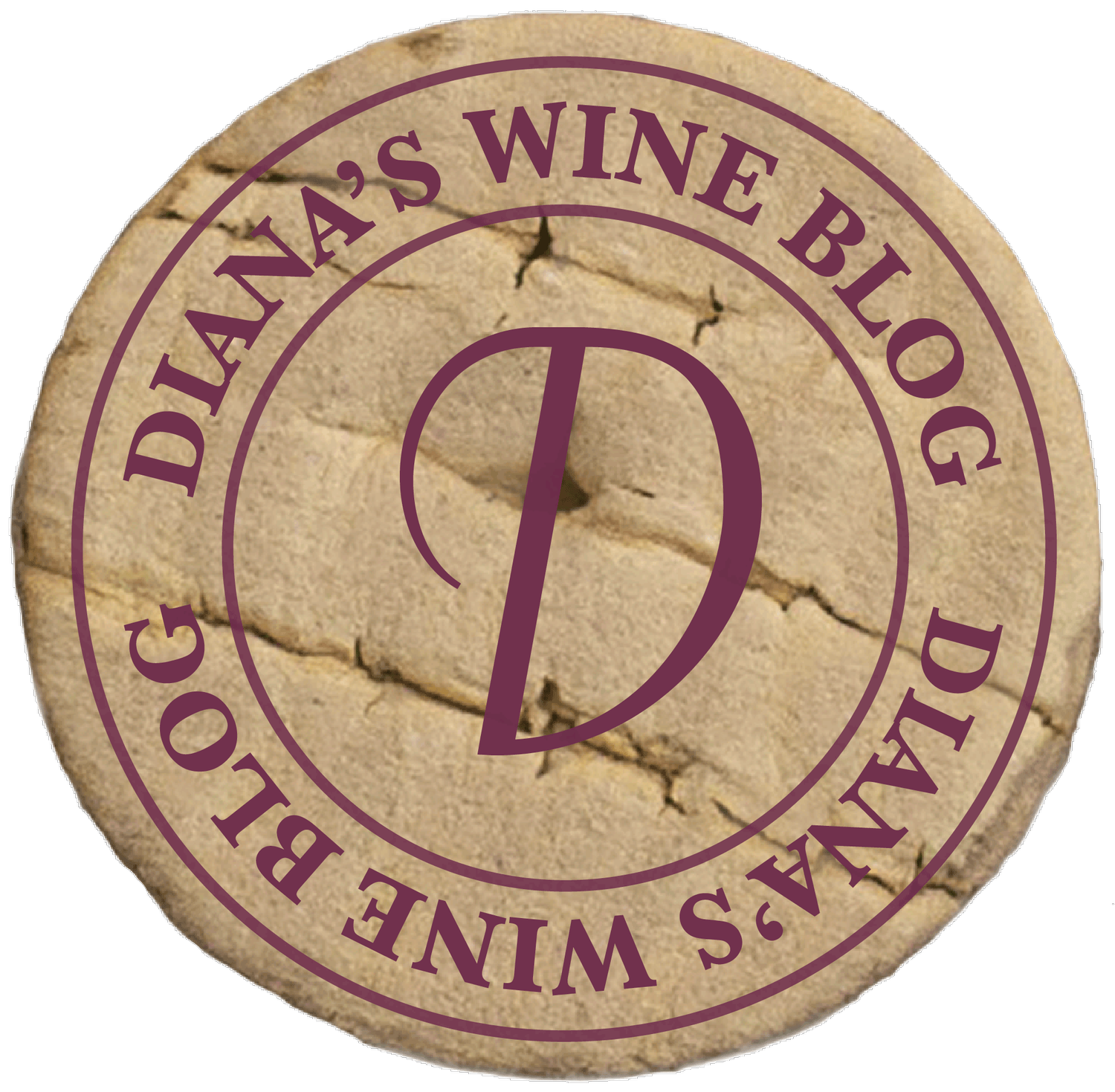
For the Health of Our Wine: Not Over the Fridge!
All of us have a specific preference for temperature and sunlight. Mine is somewhere above 60 degrees with an ample amount of blue skies and not too much moisture (rain that is). Hmmm, that makes a good argument for California. I found this out living in the frozen tundra of Minneapolis for several years. My point is that there are ideal conditions to preserve our health and well-being.
That holds true for wine. If you have visited wineries and walked through the caves, you know that the main purpose of the cave is temperature control and high humidity. You have heard the number 55 degrees. Well, it is all about controlling the reaction in the barrel and the bottle. A bottle of wine will eventually turn to vinegar left to its own devices in high heat and excessive oxygen.

Natural Cork vs. Screw Cap: Which Is Better?
There is an impression in the marketplace that a Stelvin (screw cap) closure on a bottle of wine infers a wine of less quality and value. Is it true or a misunderstanding? What does the bottle closure really do and what are the differences between the two? Why does it matter?
First, let’s look at what a bottle stopper does for wine. Wine is made up of water, alcohol, sugar, phenolic compounds and acids. It is the winemaker’s purpose to bring these components into balance. If too much oxygen gets in too quickly, it will decrease the fruity aromas and flavors found in that wine. It will also impact the color of the wine – darkening white wines and lightening reds. It is the job of the stopper to moderate the amount of oxygen that gets into the bottle over time.

To Decant or Not to Decant
Hi, everyone, and happy holidays!
At this time of the year when we’re sharing good cheer with friends and family, it is a time to pull out that special bottle to share. The question, then, is how best to prepare the wine. Is it a bottle to decant or not? In this four-minute video, Sommelier Amanda McCrossin shares some excellent tips on whether to and how. These are basic guidelines yet she provides more than that. I highly recommend watching the clip.

Harvest in the Napa Valley!
Harvest is a special time in the valley. It is the culmination of diligence and oversight of the vines and the evolution of the fruit. This year we were in the vineyard with our friend as his grapes were picked and hauled away to the waiting winery. It was especially sweet since last year his entire crop was lost to smoke taint from the Tubbs Fire. For the vineyard owner, it was a truly remarkable harvest experience.
The process of picking customarily takes place in the cool of the evening. The reason for this is so the process of fermentation does not begin. The cool evening hours provide a measure of assurance that the process does not start without the oversight of the winemaker. There is much to be done before the fermentation begins to bring that lovely bottle of Cabernet to your table.

The Price of a Cab — Cabernet Sauvignon, That Is…
Have you ever stood in the aisle of the Cabernet Sauvignon section at the store and wondered, “Why is this one $8 and this one $80?” I suspect you assumed the difference was quality. That’s a fair assumption, yet have you wondered what contributes to the cost of that quality? What is it about the winemaking process that leads to those differences?
First, let me stake out that there are no hard and fast rules, yet there are approaches and techniques in winemaking that make a quantitative difference in production costs. Here are some of the aspects that feed into the cost of your bottle of Cabernet, whatever you choose for whatever occasion.
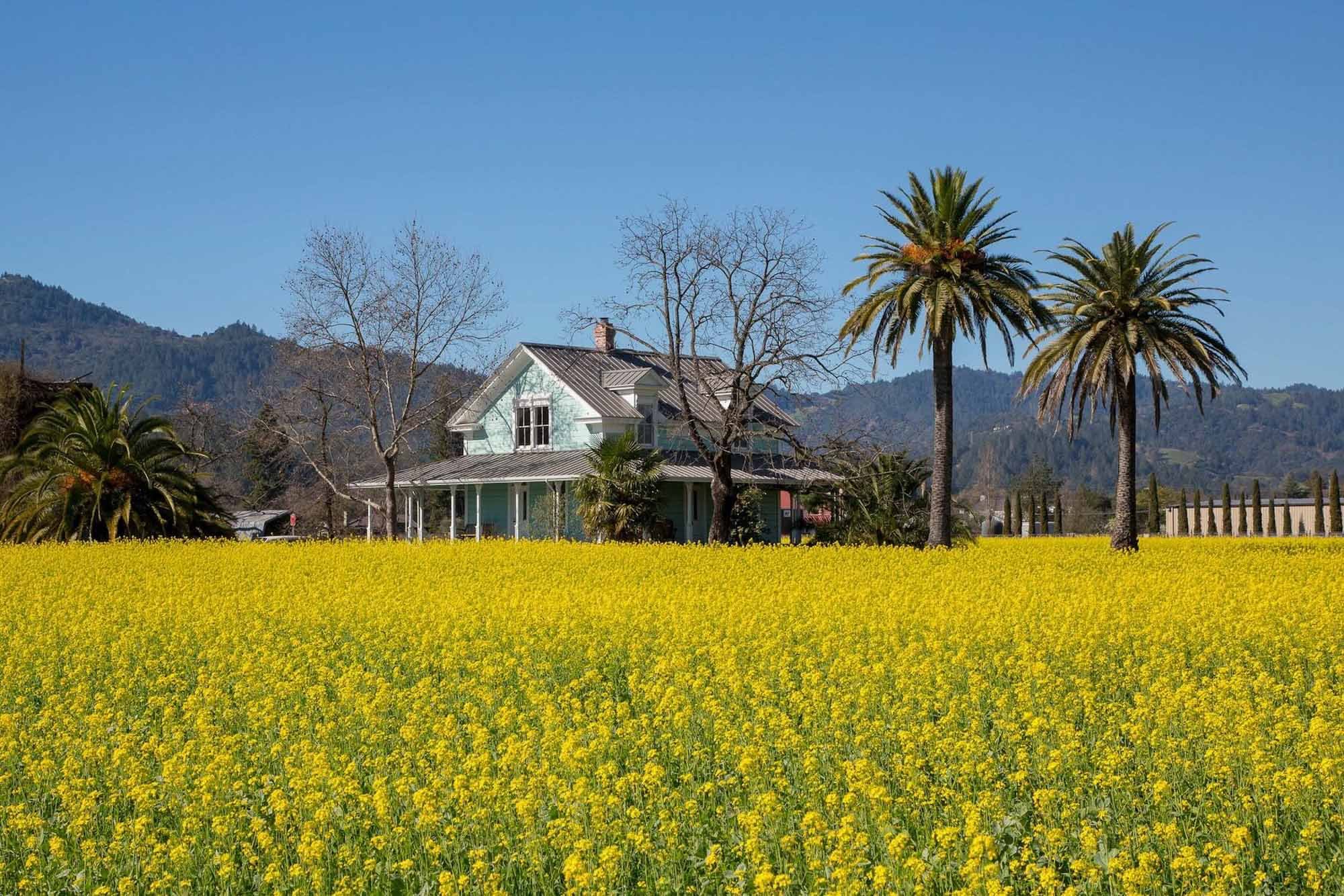
Mustard: Not Just a Pretty Face
The Napa Valley is beautiful to visit at any time of the year. Each season has it moments that are amazing. Right now, the vines are “resting” and have been cut back in preparation for the growing season. Temperature changes are what stimulate the growth, and presently it is chilly. Bud break, the initial beginning of growth happens, generally around St. Patrick’s Day. We are still a good month away from that time.
What you will see at this time of the year, which can be amazing, is the vast fields of yellow mustard in the vineyards. Rows and rows of bright yellow flowers fill many of the vineyards and peak around this time of year. Glorious bright yellow that spans acres of trimmed vineyards dot the valley. This is what the vineyard manager terms a cover crop. It is more than just a "pretty face."
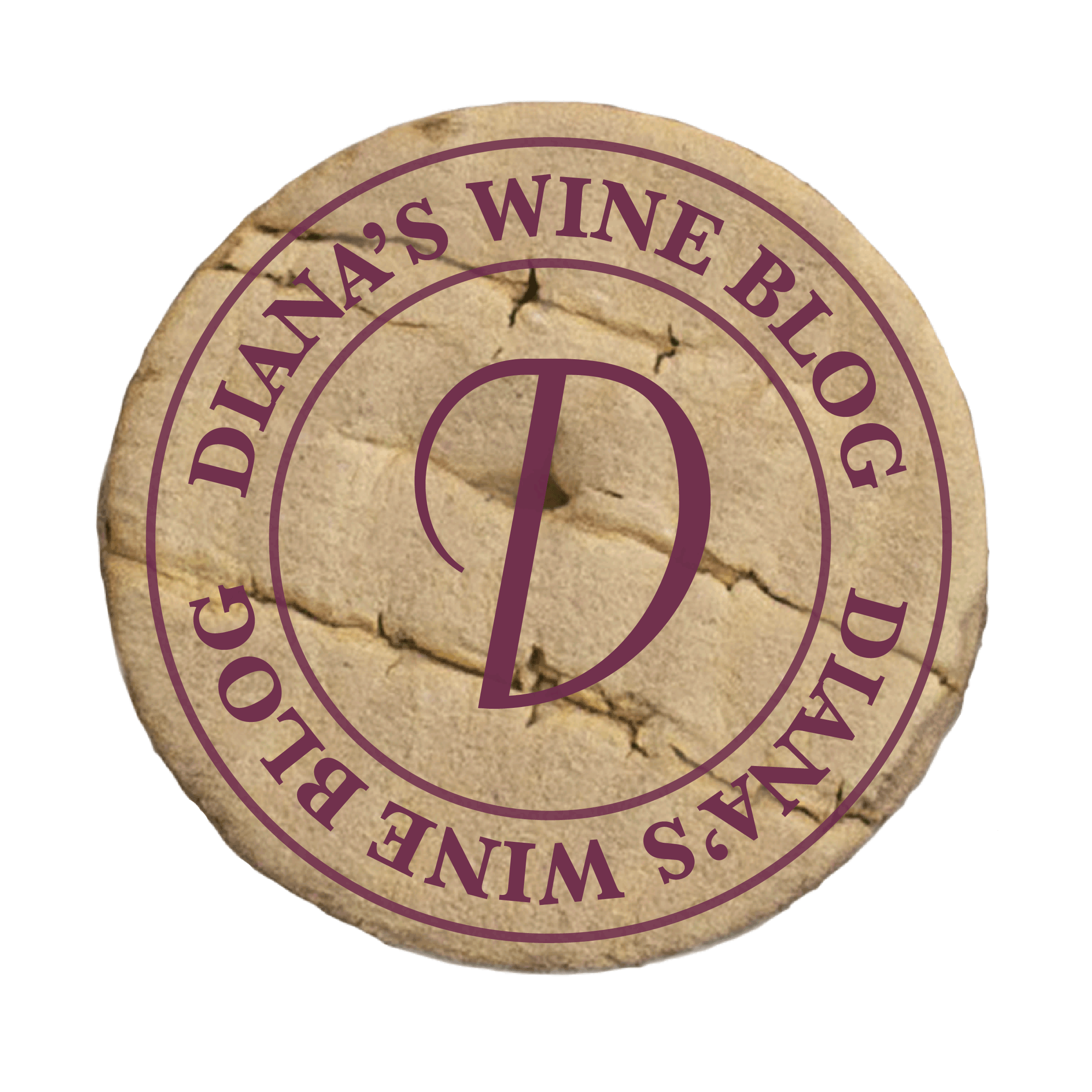
Cabernet and Chocolate: A Match Made in Heaven?
Just this past weekend, I had the pleasure to attend a luncheon and tasting at a winery. The dessert that was served was brownies, and a friend said all he wanted at the moment was some more Cabernet to go with his brownie. He said it was a great pairing. Let me say, maybe not.
Below are Karen MacNeil’s comments (she is the author of The Wine Bible) on the pairing of Cabernet and Chocolate:
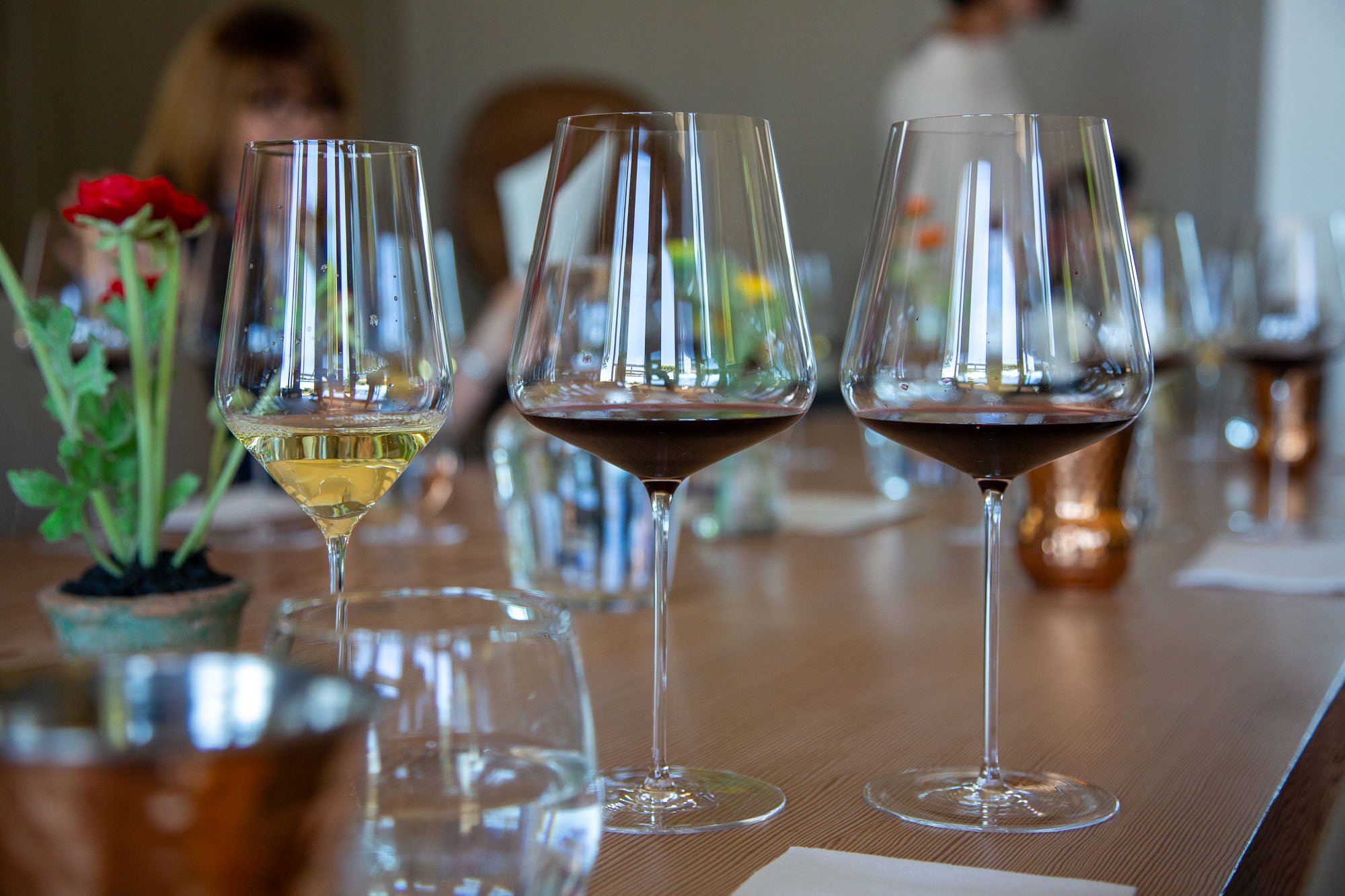
Wine: What’s in the Glass?
The first evidence of wine consumption has been traced back to China in 7000 B.C. In 2007, researchers at UCLA discovered the first evidence of a winery in 4100 B.C. According to an article in National Geographic, what we know to be the oldest winery was founded in ancient Armenia.
So wine is an age-old friend, deeply woven into many rituals. You know that, yet do you know what is in your glass? What are the constituents of wine?
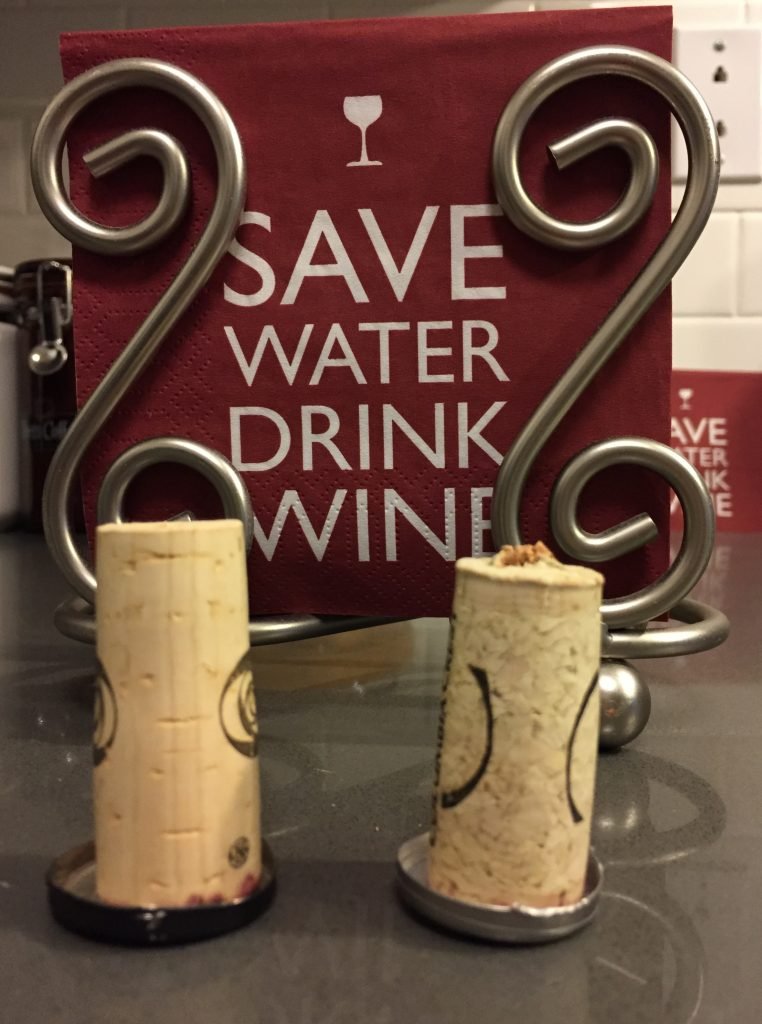
Put a Cork in It — Or Not!
Your waiter has gracefully opened the bottle of wine and gently places the cork in front of you. What should you do? Actually nothing – you may smell the cork to see if it is good (the cork that is), yet it will not tell you if your wine is flawed. That comes when you smell the wine itself. The ceremony of presenting the cork evolved as the wine industry fought forgery. The one way to be certain that the wine in the bottle was what was represented on the label was through the cork. Wineries embed their name on the cork, and this should authenticate the wine.
Cork has been used as a closure for wine for hundreds of years. It is an age-old tradition – the popping of a cork is part of the process of enjoyment. Natural cork comes from the bark of the cork tree. Most top quality corks used today come from trees grown in Portugal.

The Nose Knows: Part 2
The sense of smell is critical for taste – whether it be when tasting food or wine. Remember, we can discern 10,000 different smells, at a minimum. A recently published paper touts that we can distinguish up to 1 trillion smells! The second number is a mathematical extrapolation, not based on a human study. Either way you look at it, we can discern a lot of smells. It again makes the point of how important wine aromas are and just how much they factor into the pleasure.
Why do I bring this up again? Well, one of the first places to be using that super sense of smell is in the glass before you pour the wine. The glass itself (not the wine) may often be the source of what we perceive as off odors or spoiled wine. The first thing I do is smell the glass to ensure that it is clean and free of any off-putting aromas itself.
